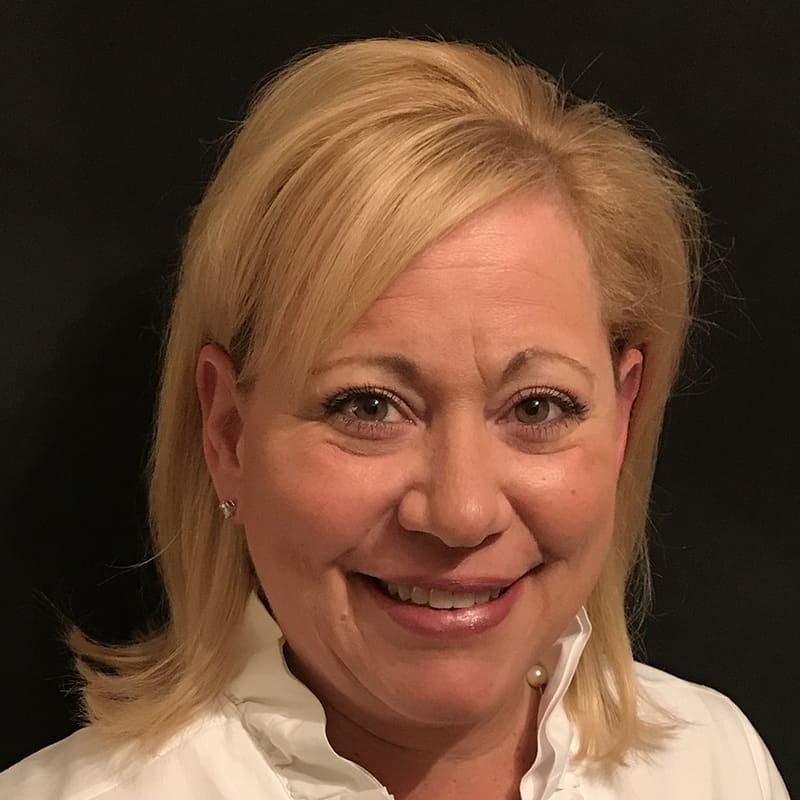How Did the Pilgrims Take Care of Their Teeth?
When we think of Thanksgiving, we think of huge turkeys, delicious pies, and a table full of yummy goodness. We also think about what we are thankful for and enjoy time around the table with friends and family. While the tradition of Thanksgiving hasn’t changed much since the Pilgrims and Native Americans first joined around a plentiful feast, the way we care for our teeth sure has.
In the spirit of Thanksgiving, and to perhaps give you a little something extra to be thankful for this season (your toothbrush, anyone?), everyone at our dental office in Erdenheim thought it would be interesting to examine how dental hygiene has changed since the days the Pilgrims first landed on Plymouth Rock.
First, neither the Pilgrims or the Native Americans had access to proper toothbrushes like we do now. Instead, they used animal hair tied to a twig or an animal bone, or sometimes even needles from a pine tree. These tools were designed to remove debris from the teeth. Not that we have to tell you twice, but take your Erdenheim dentist’s advice, stick to the modern hygiene tools.
For a toothpaste, the Native Americans had a bit of an advantage. Since they were familiar with the land, they knew what was available to them to help scrub their teeth. In fact, they used herbs like sage and also the cucacua plant, which was used to make a toothpaste-like cleanser. While the Pilgrims also used herbs, leaves, and even salt to clean their grins, their imbalanced diet led to more complicated oral health issues.
Since the Pilgrims traveled for quite some time across the Atlantic from England, their food choices were limited. The pantries aboard the Mayflower were full of food that would not rot during the journey, but wasn’t very good for their teeth. It included dried meats and fruits, beans, grains, cheese, beer, and a whole lot of hardtack. Hardtack is a dry biscuit whose ingredients include flour, water, and salt. While the Pilgrims were making their way to freedom and surviving on what food they had, despite its damaging effects to their teeth, the Native Americans were eating a much healthier, fresher diet, which helped keep their teeth in better shape.
The Native Americans knew the land they lived on and used that knowledge to their advantage, especially when it came to food. They were hunters, gatherers, and farmers, and ate a well-balanced meal of meat, nuts, berries, and veggies. Since oral health isn’t based on brushing and flossing habits alone, but also results from a good diet, the Native Americans naturally had healthier smiles.
Now that we have the luxury of modern dentistry and technology, like checkups, fillings, and actual toothbrushes (along with a multitude of flavored toothpastes), our oral health has become much better than that of both the Native Americans and Pilgrims. However, that doesn’t mean we should take any of the dental technologies available for granted. In fact, we should be thankful for all that’s available to us to help keep our smiles healthy and our teeth white and strong, starting with a preventive at-home brushing and flossing routine and visits to our Erdenheim dental office.
Serving patients in Erdenheim, Flourtown, and Chestnut Hill.

